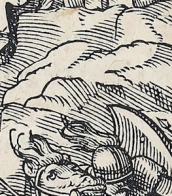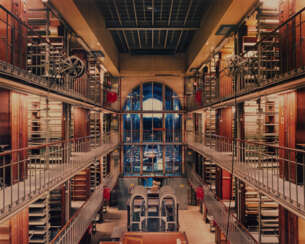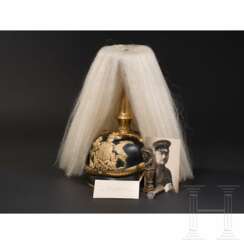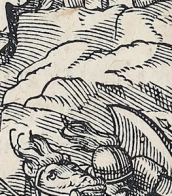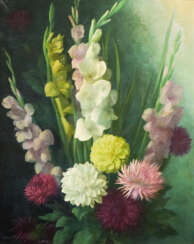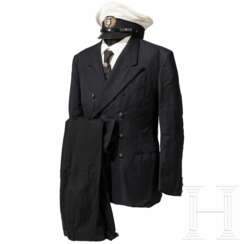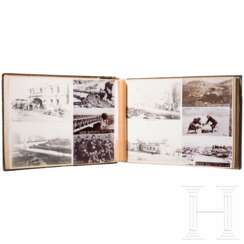16 Items by auctions and galleries:
colour photograph
Lot 105 Christo. Wrapped Bridge, Project for Le Pont Alexandre III, Paris
Christo Yavashev (1935 - 2020) 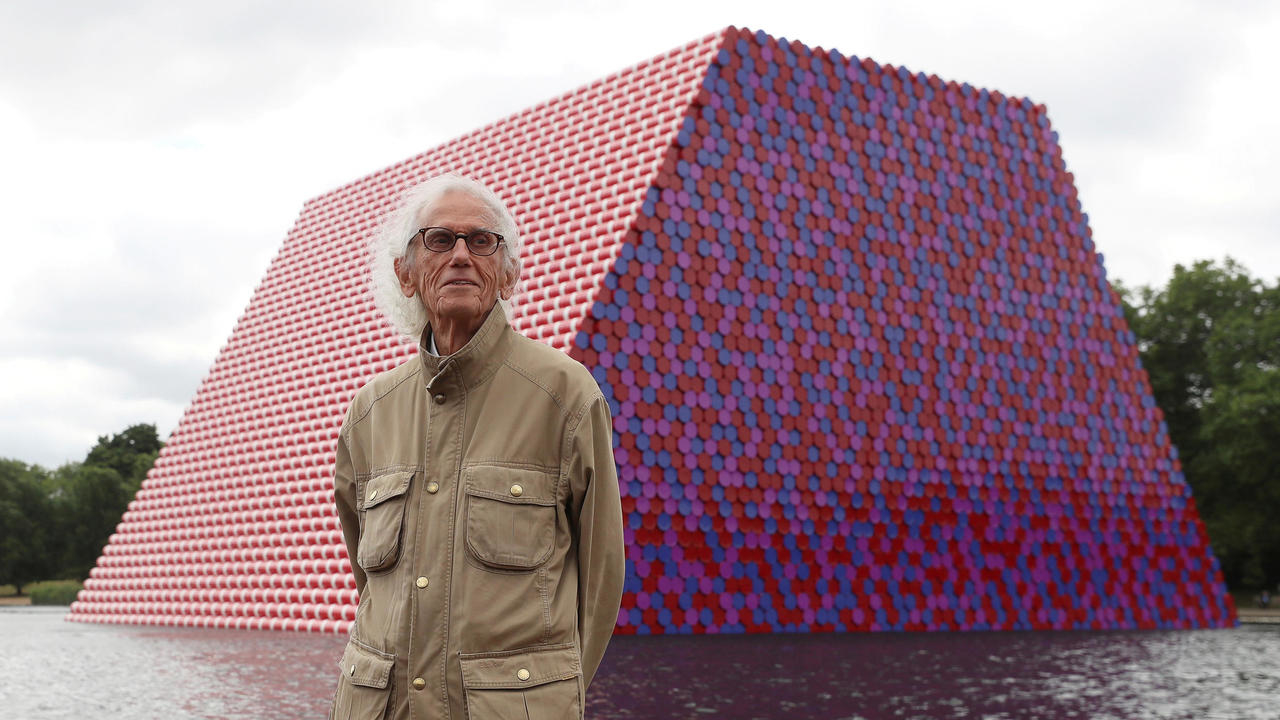 A1276: Art after 45
A1276: Art after 45 

Christo Yavashev
13.06.1935 - 31.05.2020
Bulgaria, USA
Christo Yavashev is a Bulgarian-born American sculptor and artist who, with his wife Jeanne-Claude de Guillebon, became famous for his work, in which he «packaged» objects ranging from a typewriter and a car to the Reichstag building and an entire seashore.

VAN HAM Kunstauktionen GmbH
A1276: Art after 45
Date: 30.10.2025 18:00 UTC +01:00
Number of lots in the catalog: 130
Lot 3765 Generalmajor Hans Herrmann (1875 - 1953) - Helm als Offizier der württembergischen Feldartillerie, acht Fotos und zwei Petschaften aus dem Nachlass
A106m: Orden und Militaria bis 1918 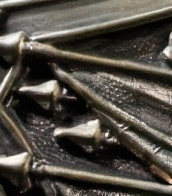

Hermann Historica
A106m: Orden und Militaria bis 1918
Date: 06.11.2025 10:00 UTC +01:00
Number of lots in the catalog: 914
Lot 4017 Signalgast Paul Remwolt, Besatzungsmitglied des Vermessungsschiffs "Meteor" (1925 - 1927) - Medaille, Fotoalben und Dokumente aus dem Nachlass
A106r: Orden und Militaria ab 1919 

Hermann Historica
A106r: Orden und Militaria ab 1919
Date: 07.11.2025 10:00 UTC +01:00
Number of lots in the catalog: 868
Жёсткий запрет
Alexey Semerikov (b. 1971)  Shop Semerikov Alexey
Shop Semerikov Alexey

Alexey Semerikov
20.05.1971
Russia
Алексей Семериков- известный Рыбинский фото-художник, занимающийся более десяти лет исключительно плёночной фотографией! Стиль Алексея можно охарактеризовать как "метафизическая фотография".
Алексей- человек интравертивного склада. Порой складывается ощущение того, что он всё время пребывает в каком-то своём мире. Безусловно, эта особенность его натуры выражается в фотоснимках. Казалось бы, всё просто, но фотографии настолько личностные, что ничего подобного и даже стилистически похожего не снимет никто. У Алексея есть свой, присущий именно ему подход к фотосъёмке. В нём его человеческая, творческая сущность. Поэтому, его фотографии- это настоящее искусство! Прежде всего, они цепляют взгляд, их хочется рассматривать долго. В них есть какая-то неуловимая внутренняя гармония, которая удерживает внимание зрителя.
По содержанию, изображения довольно минималистичны: угадывается любовь автора к фильмам "артхаус". При этом они очень хороши с точки зрения композиции и светотеневого "рисунка". Смысловая наполненность снимков может характеризоваться словом "парадокс": Алексей видит в окружающем мире нечто противоречивое, вызывающее улыбку. Однако он настолько утончённо это показывает, что зритель не сразу улавливает авторский посыл. Парадокс жизни как бы спрятан в "ткань" фотоснимка и открывается тогда, когда само изображение своей неведомой магией уже поймало взгляд. Зритель видит интересный кадр, испытывает удовольствие от его эстетической завершённости и в награду получает возможность улыбнуться в ответ на само авторское "послание". Иначе говоря, снимки Алексея по-своему многослойны: внимательный глаз может увидеть в них очень многое. Это неудивительно: по словам Алексея Семерикова, рождение кадра- это тайна, которую невозможно ни осознать, ни описать, которая сохраняется на снимке и притягивает зрителя своей бесконечностью.
Оформляю свои работы в багет по желанию и выбору заказчика, либо любым другим нужным ему способом. Обрамление входит в стоимость работы!

Artist shop
Semerikov Alexey
Russia
Number of products: 105
Комиссар Борзан с револьвером на зеленом
Alexander Elizare (b. 1966) 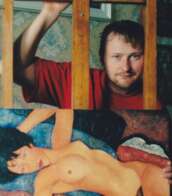 Shop Elizare Alexander
Shop Elizare Alexander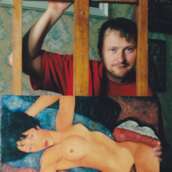

Alexander Elizare
30.08.1966
Russia
Мой отец был художником.
С пяти лет я начал рисовать восхищаясь картинами Ван Гога, Ренуара и даже Пикассо. Серьезно начал заниматься только после армии с 22 лет. Начались первые персональные выставки в Екатеринбурге, где я жил с родителями в то время. Живопись для меня это создание параллельного фантастичного мира добрых зверей, птиц и конечно людей. Много картин я посвящаю легендам Древней Греции. Множество картин посвящено женщине и любви. Я думаю, что любая картина должна нести глубокий позитивный заряд, предлагать радостную альтернативу серым будням.
Моим личным брендом в живописи и кинематографе является "Гранатовый Единорог", священный волшебный конь, бессмертный защитник зверей.
Моими самыми удачными картинами я считаю серию тропических птиц: Туканов, Африканских воронов, попугаев. Птицы для меня умнейшие ангелы леса, с ними интересней жить. Множество моих картин находится в частных коллекциях в России и Европе. В основном это тропические птицы, эротические сюжеты, пейзажи и цветочные натюрморты.
В последние десять лет я всерьез увлекся литературным творчеством. Пишу детективные романы, фантастику, и драму русской жизни. Хотя нужно признать, что написание романа, есть невероятно сложная попытка. Намного сложнее, чем написать картину или рисунок. Напишешь не интересно, читатель не станет тратить на твои мысли свое время.
Лучшие мои романы: "Аборигены Черного моря", "Жаркое лето месье Пергоко" и другие мои романы в мировых электронных библиотеках.
Член Союза Художников М.О. и Международного С.Х.
Покупать нужно только те картины, которые несут позитивную энергию и радость бытия. Все это видно на картине.
Всего я провел более 30 своих персональных выставок. Более 800 моих картин и иллюстраций находятся в частных коллекциях по всему миру, включая несколько ранних работ в США. Сейчас я не занимаюсь выставочной деятельностью. Рассказывать о своем творчестве можно прекрасно и здесь. Всех обнимаю. Ваш Александр Елизарэ

Artist shop
Elizare Alexander
Russia
Number of products: 62
